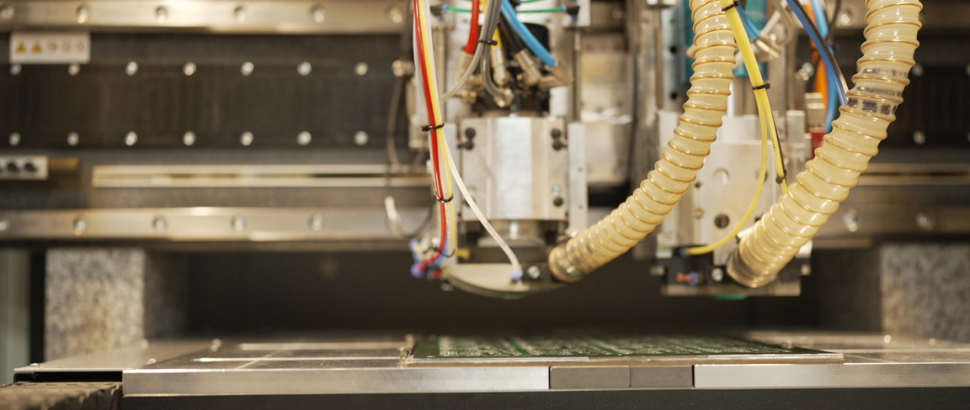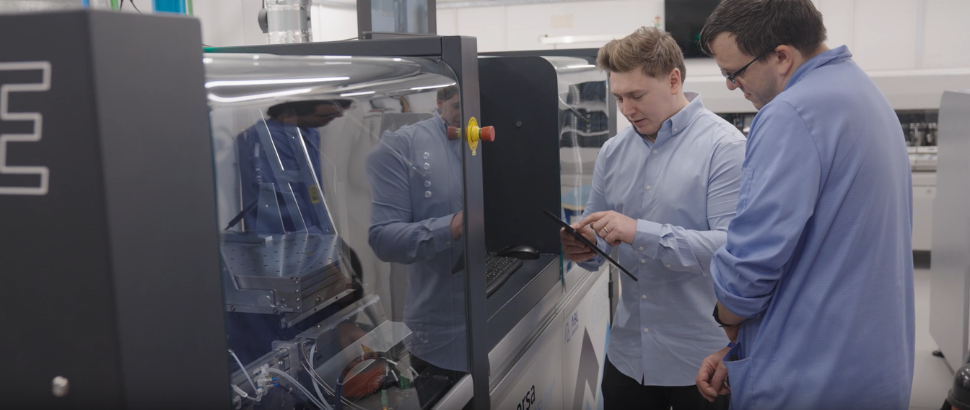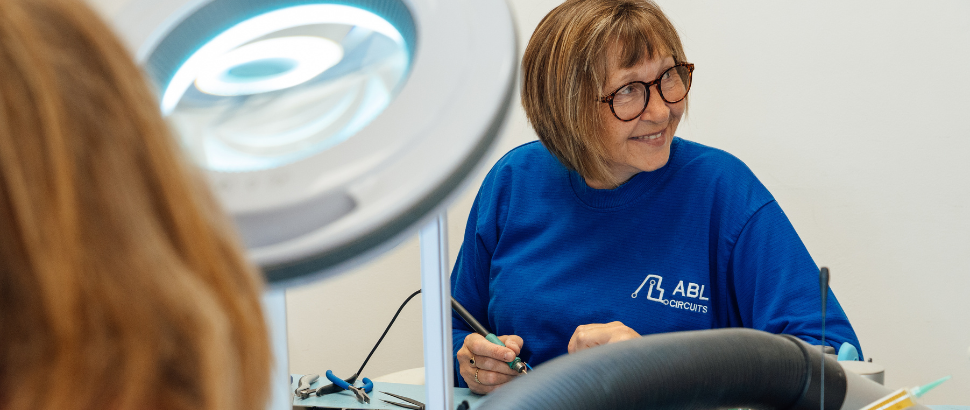News, Blogs & Articles

Ways to Reduce PCB Manufacturing Costs
Case Study
April 8, 2025
PCB manufacturing costs can make or break your project budget. When you’re launching a new product or revising an existing design, knowing how to trim expenses without sacrificing quality is essential. Here’s what actually works.
Talk to Your Manufacturer Before Finalising Your Design
Don’t wait until your design is complete to involve your PCB manufacturer. This is possibly the biggest money-saving move you can make.
Why it matters: Manufacturers like ABL Circuits can spot costly design issues before they become expensive problems. They know their equipment limitations and capabilities better than anyone.
What to do: Share your preliminary designs and ask specifically:
- “Are there any design elements that will increase manufacturing costs?”
- “How can we adjust the design to better suit your production process?”
- “What common mistakes should we avoid?”
A 30-minute consultation could save thousands of pounds in revisions later.
Make Smart Design Choices
Board Size
The basics: Smaller boards generally cost less, but cramming components too tightly can increase assembly costs and failure rates.
Pro tip: Ask your manufacturer about their panel sizes. Designing your board to maximise panel utilisation can significantly reduce per-unit costs. For example, a board that lets them fit 12 units per panel instead of 10 can drop your costs by 15-20%.
Layer Count
Each additional layer drives up costs substantially. Before adding layers, ask yourself:
- Can improved routing eliminate the need for additional layers?
- Is the performance benefit worth the cost increase?
- Have you exhausted options for component placement optimisation?
Going from 4 to 6 layers will increase costs significantly. Make sure it’s necessary.
Material Selection
Standard FR-4 is perfectly adequate for most commercial applications. High-performance materials (Rogers, Isola, etc.) can cost 3-5 times more.
Quick guide:
- Standard FR-4: Good for most commercial products
- High-Tg FR-4: Better for higher temperature applications
- Special materials: Usually only needed for RF, high-speed digital, or extreme environments
Batch Processing Saves Money
Combine Orders When Possible
Rather than producing three different boards in three separate orders, see if you can combine them.
Real numbers: Setup costs get spread across all boards in a single order. Five different designs ordered together instead of separately can save a fair amount of money in setup costs alone.
Order Sensible Quantities
The price-per-board drops dramatically as quantity increases:
Consider ordering 6-12 month supplies if your design is stable.
Avoid These Common Cost Drivers
Non-standard Specifications
These seemingly minor choices can significantly impact cost:
- Unusual board thicknesses
- Custom solder mask colours
- Special surface finishes
- Extremely tight tolerances
Example: Standard 1.6mm thick boards will cost less than custom 1.2mm or 2.0mm boards, even though the material difference is minimal. The cost comes from disrupting standard workflows.
Rush Orders
Emergency turnaround is something we specialise in, but it can increase your costs. Plan ahead whenever possible.
Be Strategic About Testing
Not all testing is created equal. Consider what you actually need:
- Flying probe testing: Cost-effective for prototypes and small runs
- Bed-of-nails fixtures: More expensive initially but cheaper per board for volume production
- Functional testing: Often the most expensive option but catches issues that electrical testing might miss
For many commercial products, 100% testing isn’t necessary. Statistical sampling (testing 10-20% of boards) can significantly reduce costs while maintaining quality control.
Optimise Your Supply Chain
Component Selection
Choose components that are:
- Widely available from multiple suppliers
- Not nearing end-of-life
- Standard package sizes
A single hard-to-find component can delay production and drive up costs through special handling and procurement.
Consider Turnkey vs. Consignment
Having your manufacturer source components (turnkey) is convenient but typically includes markup. Providing your own components (consignment) eliminates markup but increases your management burden.
For expensive components (>£5), consignment often makes financial sense. For standard passive components, the management overhead may exceed the savings.
Real Cost Reduction vs. False Economy
Be wary of these “cost-cutting” measures that often backfire:
- Inadequate documentation: Saving time on documentation often results in manufacturing questions and delays
- Eliminating review cycles: Rushing to production typically leads to expensive revisions
- Choosing manufacturers solely on price: The cheapest quote often leads to the most expensive project
Bottom Line
The most effective way to reduce PCB manufacturing costs is to make informed decisions early in the design process and partner with a manufacturer who can guide you through cost-optimisation strategies.
At ABL Circuits, we help clients identify cost-saving opportunities without compromising quality or reliability. Our engineers can review your designs and suggest specific modifications that will reduce manufacturing costs while maintaining performance.
Need help reducing your PCB production costs? Call ABL Circuits on 01462 894312 or visit www.ablcircuits.co.uk to discuss your project.
News, Blogs & Articles















